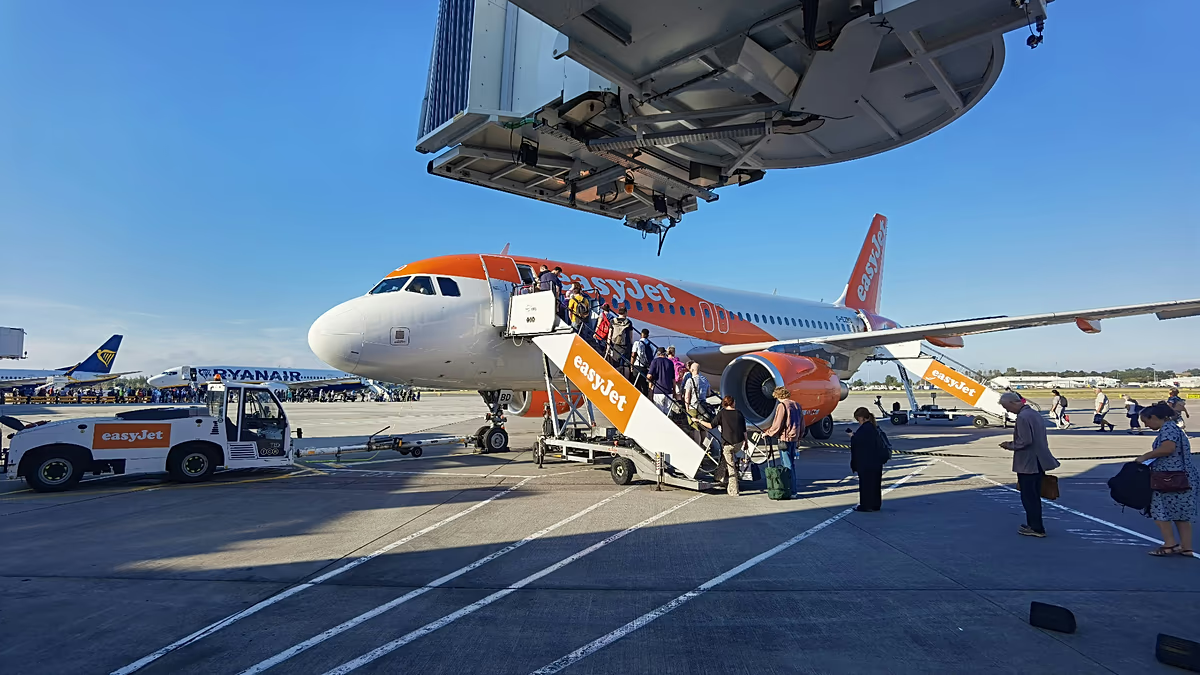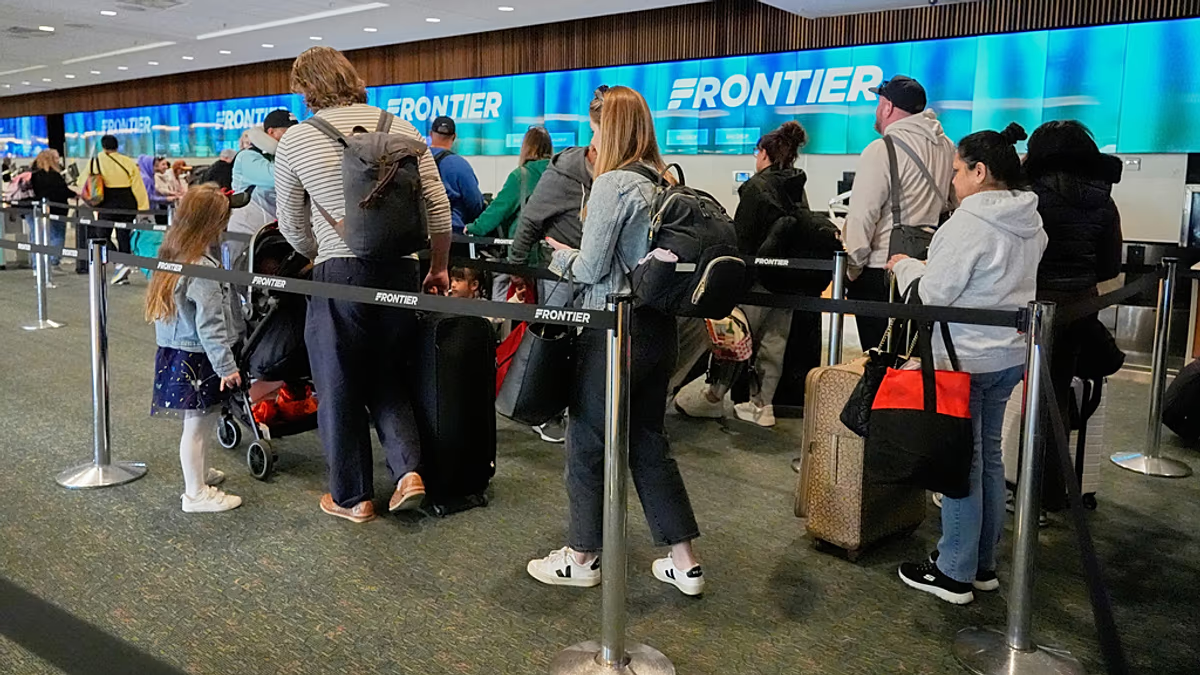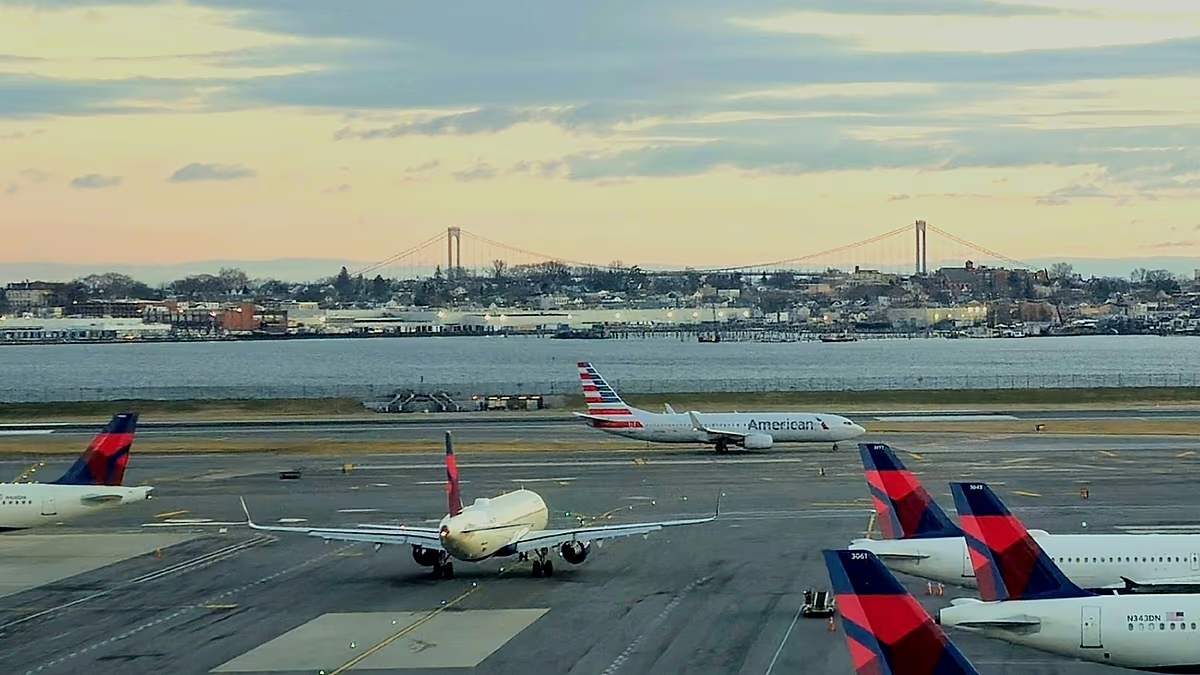Travel Disruptions in Italy: What You Need to Know
Italy is bracing for significant travel disruptions tomorrow as multiple strikes affect both air travel and public transportation. Three separate walkouts will impact travelers, with two strikes targeting airlines and a third affecting Rome’s public transit system. For anyone planning to fly into or out of Italian airports or navigate Rome’s streets, understanding the scope and timing of these disruptions is crucial for minimizing inconvenience and planning alternatives.
The first major disruption involves Volotea employees who are members of the UILT-UIL union. These workers will strike for a full 24 hours on Friday, from midnight to 11:59 PM. At the heart of their protest are demands for proper recognition of union representation within the company and more equitable contract terms. “This mobilization is necessary to assert the rights and dignity of Volotea workers, whose demands remain unheard,” the union stated, adding that demonstrations will take place at major Italian airports throughout the day. Simultaneously, easyJet cabin crew represented by the USB Lavoro Privato union will conduct a four-hour strike from 1 PM to 5 PM, protesting what they describe as inadequate working conditions and insufficient protections. These combined actions will likely result in a significant number of flight cancellations and delays across Italy’s air travel network.
While the strikes will undoubtedly cause disruption, travelers should be aware that Italian regulations provide some protection. The Italian National Civil Aviation Authority (ENAC) requires that certain flights must be guaranteed even during strikes, particularly during morning and evening peak travel times. Specifically, flights scheduled between 7 AM and 10 AM, as well as between 6 PM and 9 PM, must operate as planned. However, even these “protected” flights may experience delays as a ripple effect from other cancellations and disruptions throughout the day. Passengers are strongly advised to maintain close communication with their airlines or tour operators about their specific flights, as situations can change rapidly during industrial action. Having contingency plans and allowing extra time for travel would be prudent for anyone with flights scheduled during this period.
For those in Rome, navigating the city will become considerably more challenging as the Atac public transportation system—encompassing buses, trams, and the metro—faces two separate strike actions within a 24-hour window. The USB Lavoro Privato and Orsa Tpl unions have organized walkouts that will affect service from 8:30 AM to 5 PM and again from 8 PM until the end of the day’s service. Similar to the airline industry, there will be guaranteed service periods to minimize complete disruption: from the start of morning service until 8:29 AM and from 5 PM to 7:59 PM. Tourists and residents alike should prepare for significant delays, crowded vehicles during the limited service hours, and potentially seek alternative transportation options such as taxis or ride-sharing services, though these will likely experience heightened demand and increased pricing during the strike periods.
Looking beyond tomorrow’s disruptions, travelers planning to visit Italy at the end of the month should also be prepared for another wave of industrial action. A national general strike has been called for November 28th by grassroots unions, which will involve ground staff from major international carriers Air France and KLM between 9 AM and 5 PM. Additionally, railway workers have announced a full 24-hour strike beginning at 9 PM on November 27th and continuing until 9 PM on November 28th. This combination of air and rail strikes will create significant challenges for both domestic travelers and international visitors attempting to move throughout the country during what is typically still a busy travel season before the winter holidays.
These recurring strikes highlight ongoing labor tensions within Italy’s transportation sector, where workers continue to advocate for better conditions, fair representation, and improved contracts. While inconvenient for travelers, these actions represent the exercise of workers’ rights to collective bargaining and protest when negotiations fail to progress. For anyone planning travel to or within Italy in the coming weeks, staying informed about potential disruptions, maintaining flexibility in scheduling, and having backup plans will be essential strategies for minimizing the impact of these labor actions. Transportation apps, airline and railway websites, and local news sources can provide valuable real-time information during these periods of disruption.












